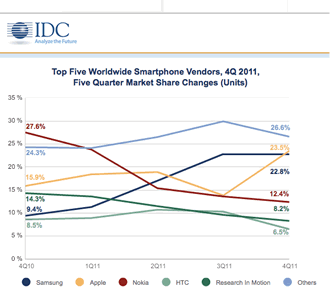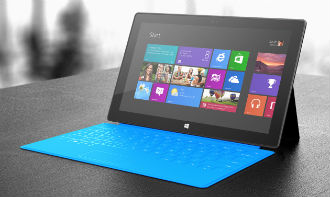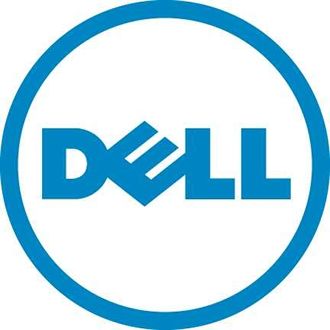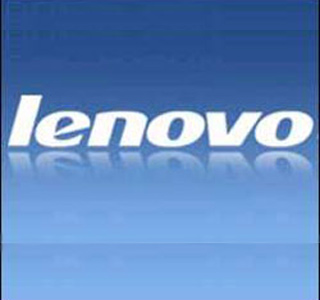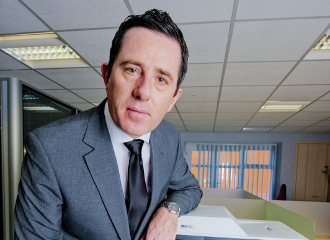 Symantec resellers need not fear getting the chop as the security company unveils its new channel strategy .
Symantec resellers need not fear getting the chop as the security company unveils its new channel strategy .
Although a little light on detail, when asked about the current size of its partner channel and the ideal size of a future channel, Symantec’s VP of EMEA partner management, Mark Nutt, confirmed that having the right channel mix was more important than the overall size.
But there can be little doubt the vendor will be shedding a number of under-performing resellers and replacing them from some of the new partner categories it has identified – there are eight such categories, according to Nutt, who also stressed the important role for disties in the future of the Symantec channel.
“Distribution has a tremendous amount to offer but we need to work out where the value to our partners,” Nutt said. “Now that we’ve identified eight different partner types, we need to better understand which parts of the channel we need to explore, which to invest more in and which that streamlining.”
Although Nutt stressed he was “not looking to turn partners off; it’s not about reducing numbers” it looks likely some resellers will have to forge relationships with distributors, such as TechData, Arrow, Avnet, Ingram and Cohort.
Those disties that can help Symantec recruit from new partner groups will be of particular interest.
The vendor is also streamlining its product offering down from around 150 different products to less than 10, in order to make the task of addressing customer needs more straightforward for resellers.
The changes are part of a global strategy which will lead to a new partner programme which goes live in February 2014 but will be officially unveiled in April.
Symantec is also opening a telephone-based partner account management team that will be run from its Dublin offices.

